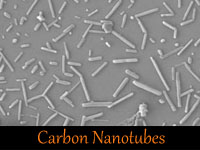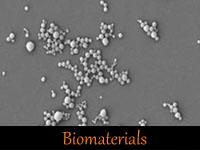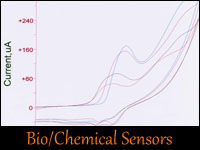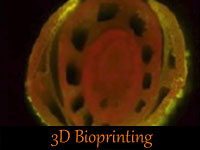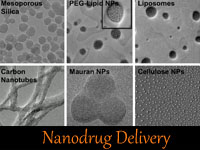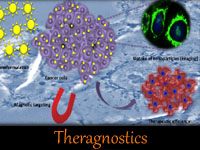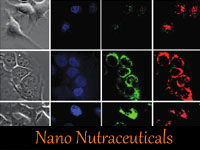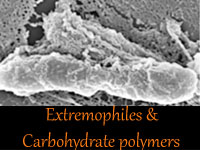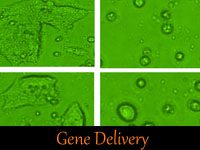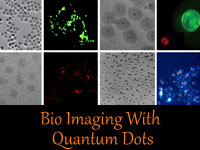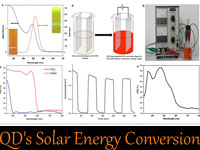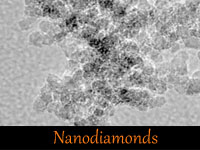


Bio/Chemical sensors
In the post half of the 20 th century, the interest in the development of electric and optical sensing devices, called sensors, has considerably increased. In the initial stages, sensors were generally made up of inorganic materials. The essentiality to use sensors in the microelectronics industry, gave birth to micro-sensors and have got considerable attention due to its diversity in application fields such as, medicine, biology, safety, environmental protection etc. Recent spurt in the polymer sensors compared to inorganic sensors has been the result of current trends in the micro electronics industry and materials research fields, to replace brittle metallic components with flexible polymer materials in the electronic circuits. The great variety of properties that can be altered and controlled with different additives in polymers, enhances their application for various sensing purposes. Nowadays plasma polymers are in the main focus of the research field of polymer sensors due to their stable properties, such as excellent thermal stability, strong adhesion to a wide range of metal substrates, an outstanding chemical resistance to aggressive environment ? organic solvents, acids and alkalis compared to conventional polymers. Furthermore, by varying different plasma parameters it is possible to modify the chemical composition and structure of polymers for obtaining thin films with acceptable physical properties, such as the ability to adsorb different gas molecules and enzymes. Coupled with above mentioned properties, the flexibility to use the plasma polymerization method in micro electronics industry, gives the importance of the plasma polymer sensors in the application oriented research field. Recent development in the plasma polymerization field to adopt pulsed plasmas to deposit plasma polymers while retaining the chemical structures of the monomers, gives a bright future of this method in the field of Bio/Chemical sensors. Bio/Chemical sensors are my current research field and I would like to expand my field in different sensor materials in the coming years.
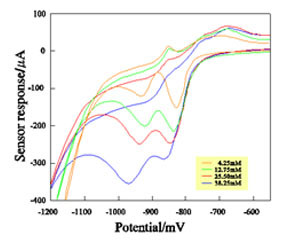 |  |  |
Fig. 1 shows the CV response to Hydrogen peroxide when we used CoTPP plasma polymerized film and glucose oxidase | Fig.2 shows the CV response of the Glucose to the same system. | Fig. 3 shows the non coated and acetobromoglucose coated SPR sensor response to IgG- Streptavidin recombination. |
Fig. 1 shows the CV response to Hydrogen peroxide when we used CoTPP plasma polymerized film and glucose oxidase and Fig.2 shows the CV response of the Glucose to the same system.
In the area of biosensor, by using the surface modification of SPR sensor gold surface with the help of plasma polymerized film we have enhanced the sensor response of the IgG- Streptavidin recombination. Fig. 3 shows the non coated and acetobromoglucose coated SPR sensor response to IgG- Streptavidin recombination. (S: H2O, A: 1%Triton, B: H2O, C: 0.03M PBS, D: Streptavidin, E: ANTI-RAT lgG)
Selected publications
- CoTPP thin film as glucose and hydrogen peroxide sensor after immobilizing glucose oxide(GOD)
D. Sakthi Kumar, K. Nakamura, A. Shoji, Yasuhiko Yoshida
Sensors and Materials 18 (7) (2006) 339-352. -
Highly enhanced biosensor response for IgG- Streptavidin recombination using surface modified SPR sensor. (Poster)
Fangwen shi, D. Sakthi Kumar, Yasuhiko Yoshida
4 th International symposium on Bioscience and Nanotechnology, Okinawa, Novermber 7- 8, 2006, Japan -
Investigations in the sensing mechanisms of Plasma polymerized CoTPP &CuTPP films.
D. Sakthi Kumar, K. Nakamura, H. Noguchi, S. Ishi, K. Kashiwagi,Y. Yoshida
Chemical Sensors 17 (B) (2001) 221 - 223.

